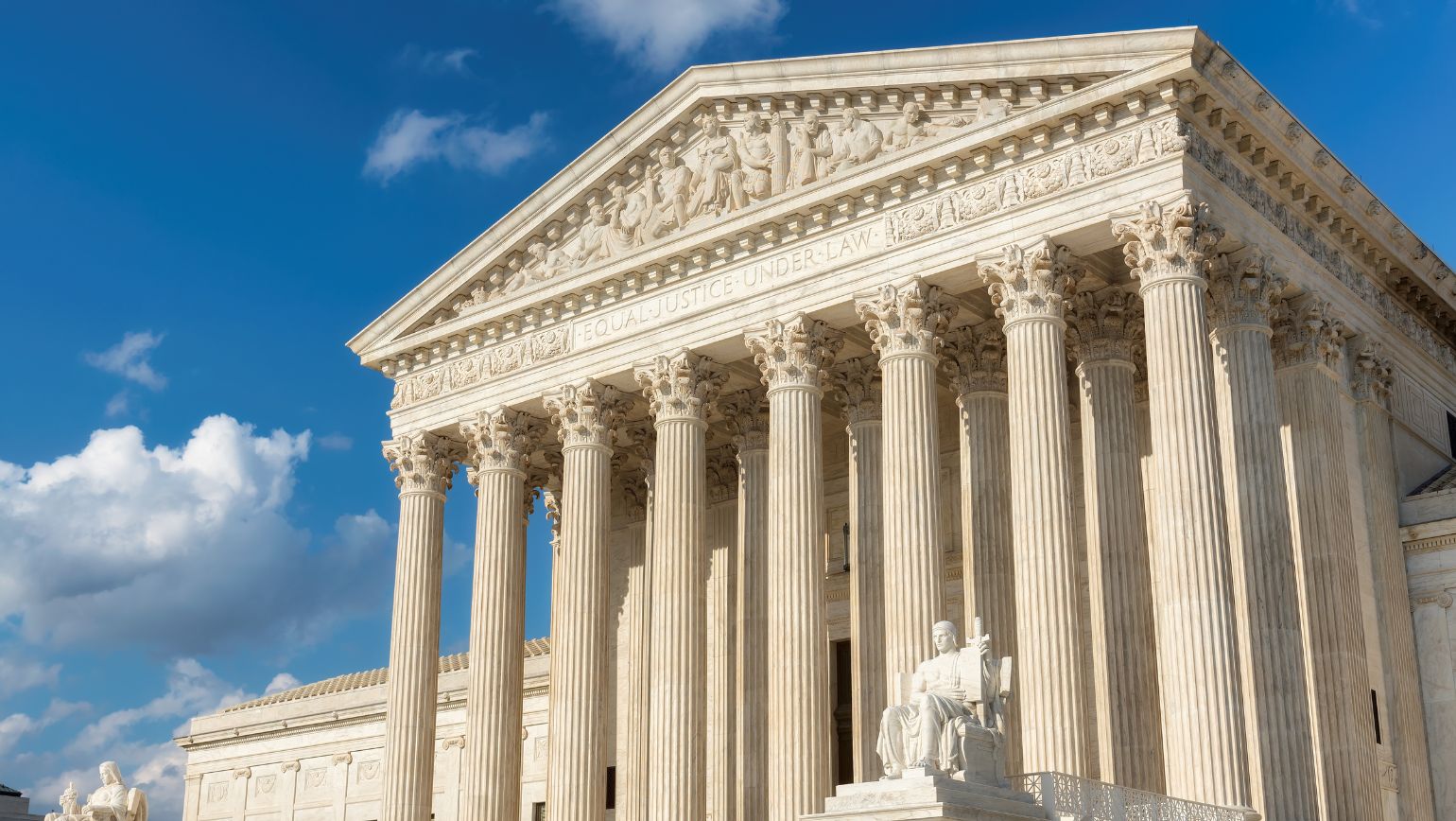Wayne State graduate student studies factors influencing state-level abortion legislation after Roe v. Wade reversal

The Supreme Court decision to overturn Roe v. Wade returned legislative power on abortion back to the states, leading to the development of diverse policies all across the U.S.
Jennifer Goldman, a Ph.D. student in political science at the Wayne State University College of Liberal Arts and Sciences, wanted to know what social components are influencing these new policies.
“I looked at state legislatures in the 50 U.S. states and used the Guttmacher assessment on the restrictiveness of abortion legislation to ascertain how restrictive or permissive each state's policies currently were,” Goldman said.
The Guttmacher Institute is a research and policy nonprofit based in the U.S. that aims to inform on and improve sexual health and expand reproductive rights worldwide.
Goldman looked at the party in control of each state legislature, percentage of the population who identify as Evangelical or Catholic, female representation in the state legislature, and percentage of female voters who voted in the most recent election.
Associate Professor Kyu-Nahm Jun advised Goldman on the research project. In February, she presented the results at the 2024 Graduate Research Symposium.
Political climate
Goldman found that only party control and the percentage of the population who identify as Evangelicals correlated with the restrictiveness of abortion legislation within the parameters of her study.
“I suspected that party representation would carry more weight in the current, hyper-partisan political climate,” Goldman said. “I also suspected that the Evangelical population would factor prominently in my results, based on their recent public advocacy on the topic.
“I was mildly surprised to see Catholics fall out of the correlation, however, Catholics in the United States are not as monolithic a group as they once were and represent a more diverse spectrum of beliefs. It would seem surprising that female representation in the legislatures and at the polls were not significantly correlated. One must keep in mind that, as women have increased their numbers in positions of political power and in voting, this also includes more women who hold conservative views.”
Her hope is that her research will help American citizens better understand some of what influences legislators faced with making high-profile health policy decisions and guide those who wish to influence health policy in the future.
“I would like to rerun this study in the late spring and again as the election draws closer to see how the results hold up. I am also planning to expand the scope in the future to include the level of influence that organized PACs and lobbying groups have in this realm.”
By Kristy Case